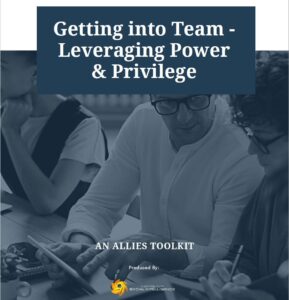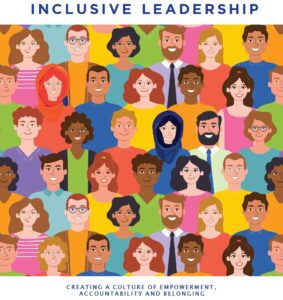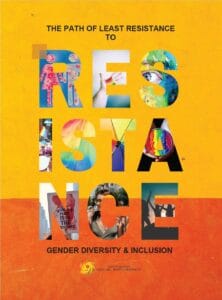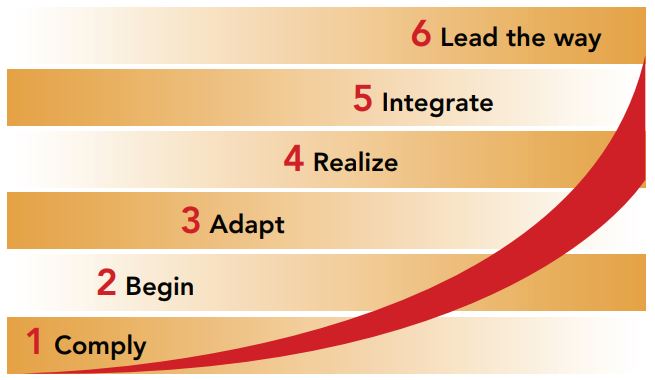My daughter will be heading into high school this fall and is beginning to think about possible career options. Her future will be quite different than mine was when I entered the workforce. My parents raised me to think I could do anything I put my mind to and it turns out they were right on many fronts. But I was naive about the gender bias that was present in the work place, especially in traditional sectors such as mining.
The mining sector is vital to the prosperity of the Canadian economy. The industry faces labour shortages due to an aging workforce, requiring strong recruitment of new talent. Under-represented groups such as immigrants, Aboriginal peoples, women and youth will play an important role in filling the 145,000 positions, over half of which are due to retiring workers, between now and 2023. Despite this labour shortage, women remain under-represented in most of the industry’s employment opportunities, with the exception of administrative roles. In fact, women’s employment in the mining industry at 15% for the past 14 years is very low compared to other key economic sectors (e.g. service 71%; public administration 48%; finance 62% and energy 25%).
When looking at non-traditional roles such as miners, heavy equipment operators, skilled tradespeople, engineers, etc., the numbers per occupational category dip below the 10th percentile. In 2007, 24% of female university graduates completed engineering and technology related programs and 9% of female apprenticeship program graduates completed male dominated skilled trades. It was expected that there would be a correlation between these female graduates and the mining industry, however, as of 2006, female employees represented only 5% of workers in such occupations suggesting additional barriers for female participation other than labour shortage of women in the industry.
Women are found to be under-represented in this sector in senior management positions and executive boards as well as in skilled trades including supervisors and operating heavy equipment. A cultural shift is needed to change this trend toward a long-term sustainable future for women in the mining sector.
Women in Mining (WIM) Canada is a non-government organization with a volunteer Board of mostly women who are dedicated to realizing this cultural shift and paving the way for future generations. WIM Canada has recently been given funding through the Status of Women Canada to develop and implement a women in mining sector strategy that is designed to work closely with big mining companies in Canada that will focus on attracting and retaining women to this sector. Additionally, innovative policies are starting to crop up like that in the Ontario government where it recently announced legislation requiring major businesses, not-for-profits and other large organizations to disclose their approaches to gender diversity, with a view to increasing the participation of women on Boards and in senior management. Many of the companies participating in the development and implementation of the women in mining sector strategy will likely be reporting gender policies through full disclosure in their annual reports to shareholders and the public who will ultimately hold them accountable. The hope is that Ontario will lead other provincial governments toward paying heed to gender diversity legislation too.
The younger female generation of today will find new employment opportunities as a result of these new policies and strategies. They will be encouraged and mentored to expand their options to include careers in non-traditional sectors. And they will be able to attain greater heights than my generation to the point where I suspect they will likely one day put into question why there was ever a need for a gender diversity policy or strategy at all.






